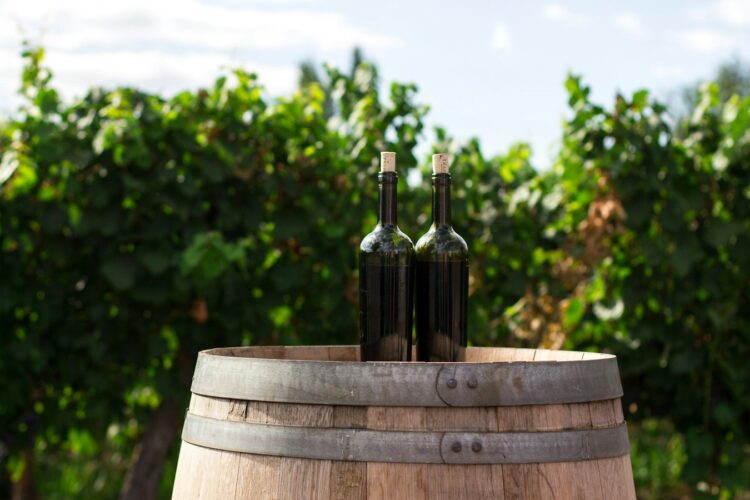Often hailed as the wine capital of the world, Bordeaux is renowned for its rich history, diverse terroirs and exceptional winemaking traditions. Within this esteemed region lie five distinct classifications, each with its own set of specifications and criteria, reflecting the complexity and diversity of Bordeaux’s wine production.
The 1855 Classification
Also called Grand Cru Classé 1855, this is arguably the most famous and enduring classification. It was established for the Exposition Universelle de Paris, a world fair held in the French capital. If you want to discover the complexity and the prestige of Bordeaux wines belonging to the 1855 Classification, try out some Chateau Lafite Rothschild, Chateau Margaux and Haut-Brion masterpieces. The Cru Classé 1855 divided the wines into five tiers or “growths,” based on their reputation and market price at the time:
- Premier Cru or First Growth
- Deuxième Cru or Second Growth
- Troisième Cru or Third Growth
- Quatrième Cru or Fourth Growth
- Cinquième Cru or Fifth Growth
The Saint-Emilion Classification
Unlike the fixed nature of the 1855 Classification, the Saint-Emilion Classification undergoes revision approximately every ten years. This classification, specific to the Saint-Emilion region on Bordeaux’s Right Bank, categorizes estates based on a combination of vineyard quality, winemaking techniques and historical reputation. The Saint-Emilion Classification includes two categories: Premier Grand Cru Classé and Grand Cru Classé. Within these categories, estates are further divided into subgroups that reflect the evolving nature of wine production in the region.
The Graves Classification of 1959
In the Graves region which is known for its production of both red and white wines, a separate classification system was established in 1959. The Graves Classification encompasses both red and white wines and distinguishes them based on quality and reputation. Similar to the 1855 Classification, it ranks estates into several tiers, with Premier Cru Classé at the top, followed by Deuxième Cru Classé and so forth. This classification system aims to highlight the best producers in the region and recognize their contributions to Bordeaux’s winemaking heritage.
The Cru Bourgeois Classification
Introduced in the 19th century, The Cru Bourgeois classification strives to acknowledge and boost the quality of wines crafted by estates that are not included in the esteemed 1855 Classification. Its status is subject to regular reviews with estates required to demonstrate consistent quality. The Cru Bourgeois classification is awarded to individual wines rather than estates, providing consumers with assurance of consistency across vintages.
The Cru Artisan Classification
Established in 2003, the Cru Artisan classification seeks to showcase the craftsmanship and tradition of smaller, artisanal producers in the Medoc and Graves regions. This classification is reserved for estates that produce wines on a smaller scale, often employing traditional winemaking techniques and demonstrating a deep connection to the land.

